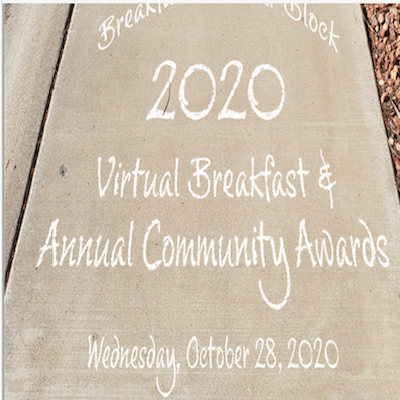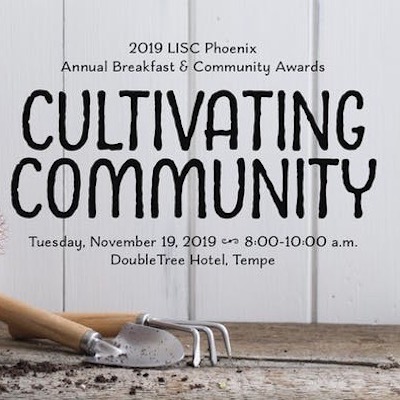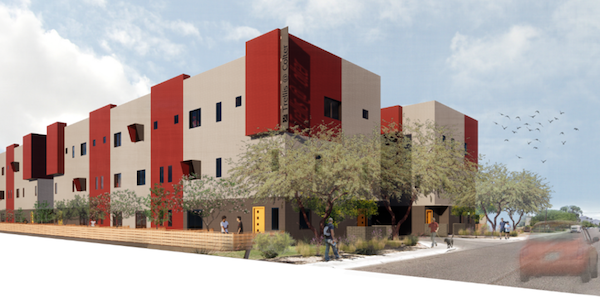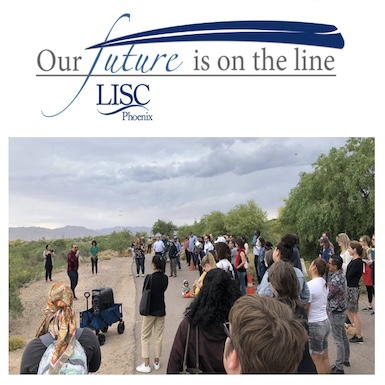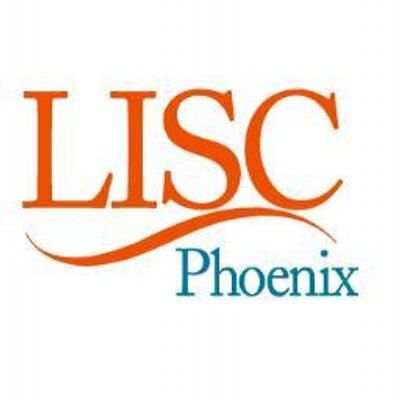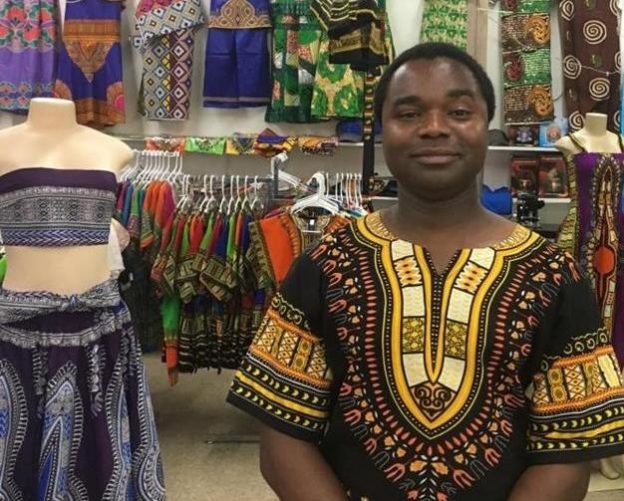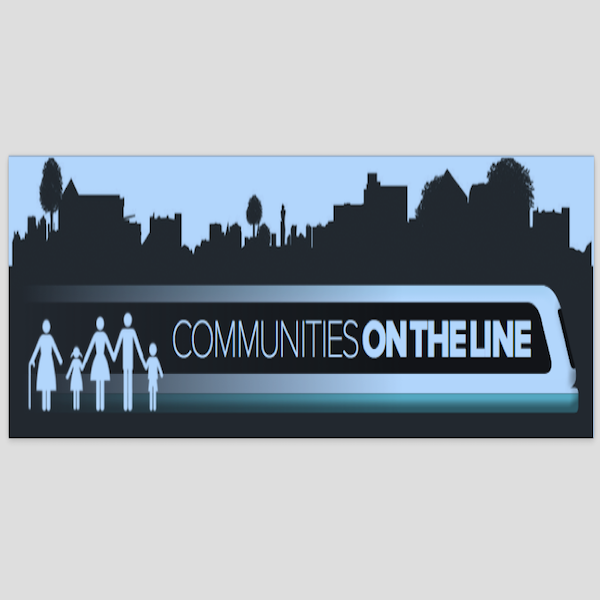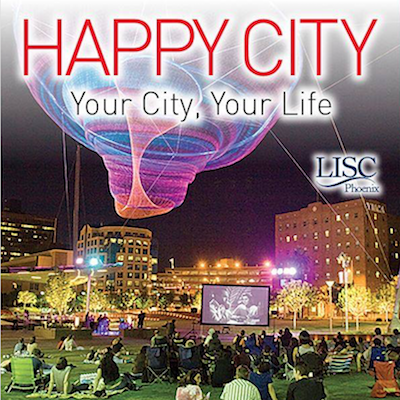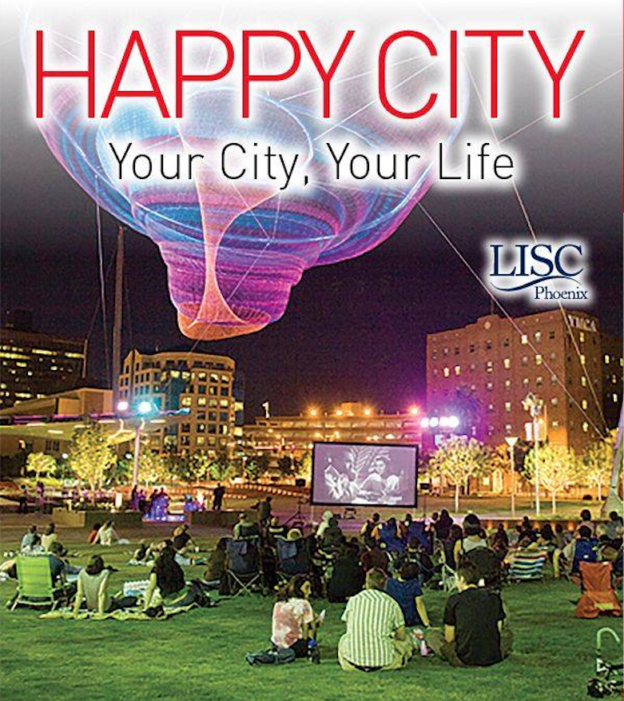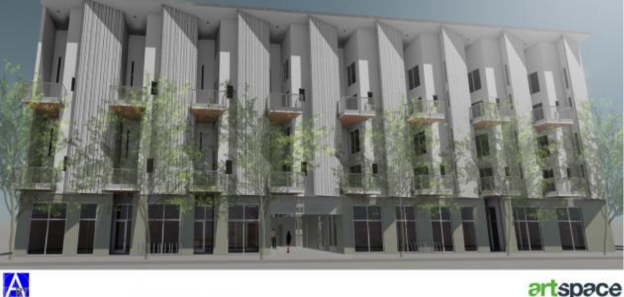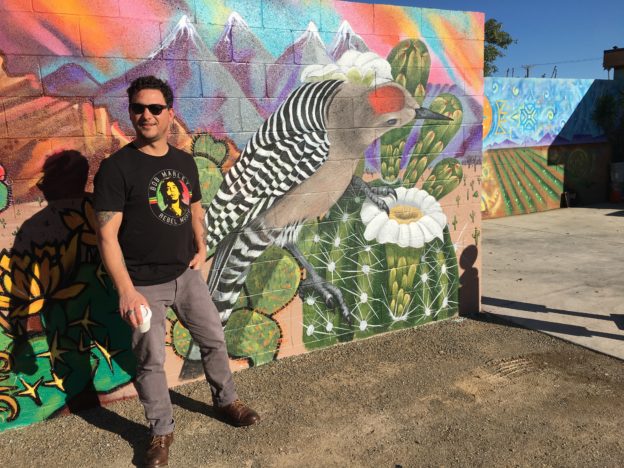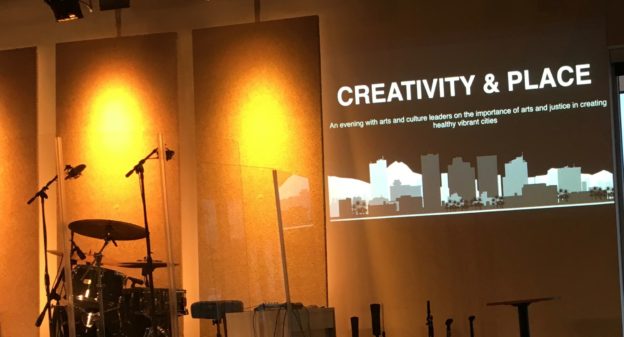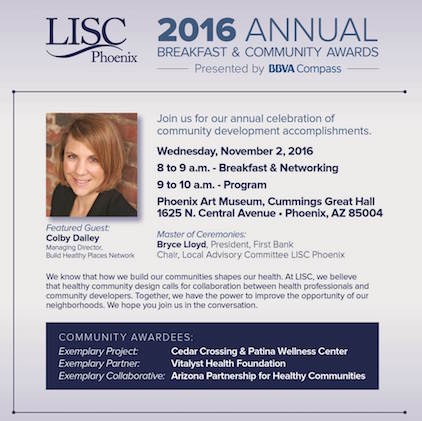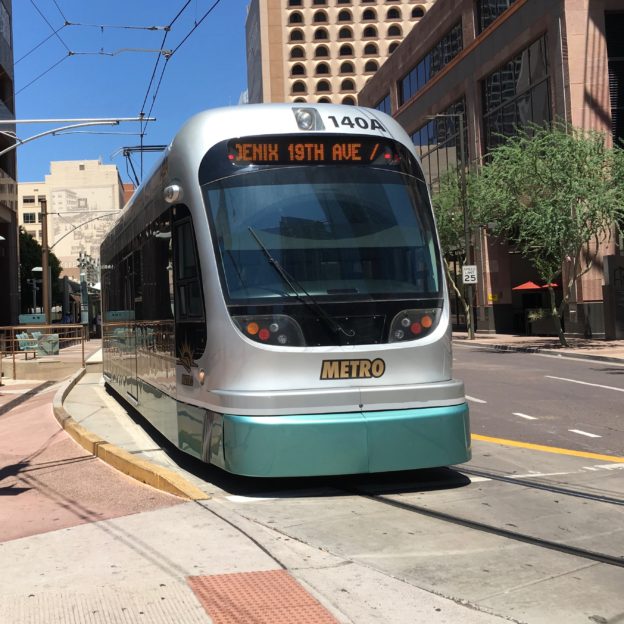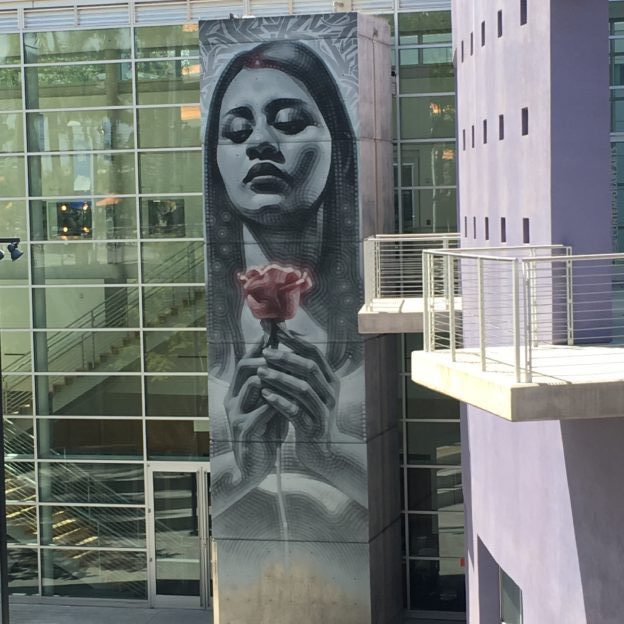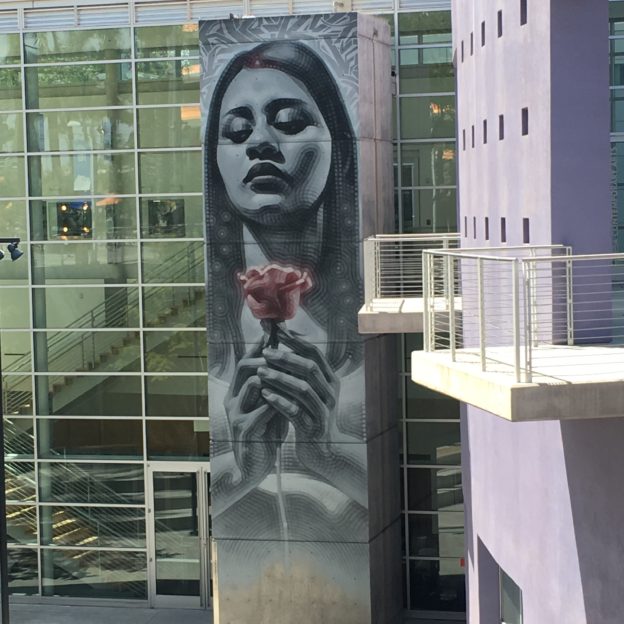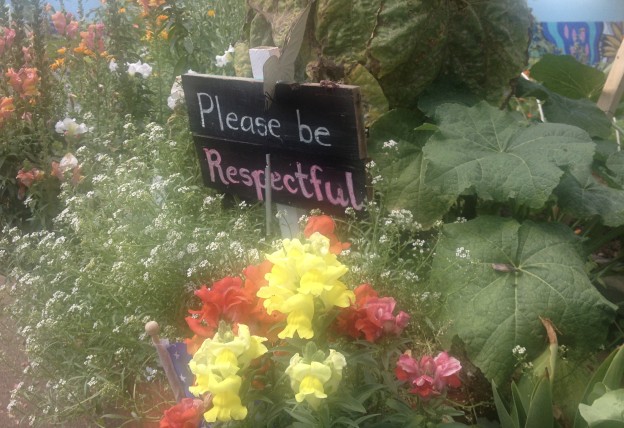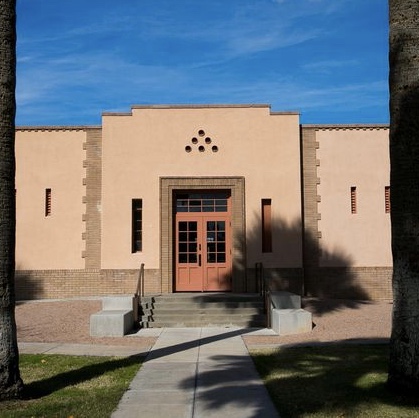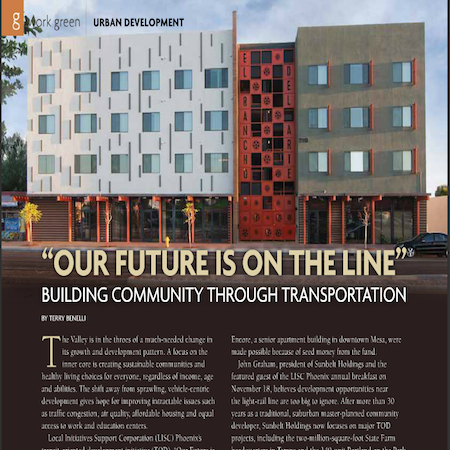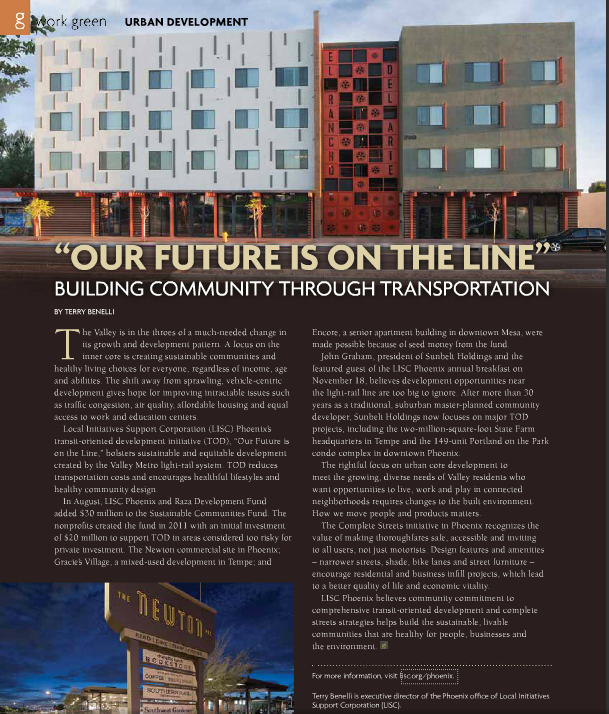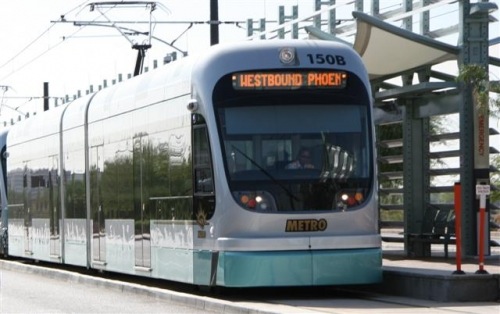 LISC and its partners are experts in the business of comprehensive economic development. Maurice Jones, president and CEO of LISC, said the success stories in the Phoenix area and throughout the nation leave no doubt about that.
LISC and its partners are experts in the business of comprehensive economic development. Maurice Jones, president and CEO of LISC, said the success stories in the Phoenix area and throughout the nation leave no doubt about that.
They’ve done the heavy lifting of revitalizing neighborhoods and forging healthy, sustainable communities. They’ve flashed genius in leveraging tools and resources for initiatives that create place, spur small-business activity and strengthen the local workforce.
But on Nov. 1, Jones used the occasion of the LISC Phoenix annual celebration of exemplary work in community development to talk about failure — specifically the effort needed to push toward a higher-degree of success with deeper meaning. Don’t lose sight of humanity in community development work, Jones said in urging leaders to look for the faces of loved ones in serving people in need.
“Sometimes in our work we get caught up in what’s the capital stack that we need, where does philanthropy play, where do banks play, where does local government play, where do we play,” Jones said. “The real issue is do I see the face of my daughter in that homeless guy. …The most important muscle in the work that we’re talking about now is the heart. It’s not the other stuff. We know how to do it. It’s whether we have the heart to do it.”
Jones was the featured guest at the 2017 LISC Phoenix annual breakfast at the Mesa Arts Center. More than 200 attended the celebration that honored Mountain Park Health Center – Tempe Clinic as an exemplary project; Nordstrom Bank as an exemplary partner and Phoenix Indian School Visitor Center as an exemplary collaborative.
Mesa Mayor John Giles expressed gratitude for LISC Phoenix’s work, particularly in improving the affordable housing condition in downtown Mesa and growing a strong arts community.
“Thank you for your support,” Giles said to LISC. “Thank you for helping us create places in our communities that are the hub of people and business and in the way we interject new economy, sometimes in old buildings. It’s exactly what my community needs and each of the communities that you serve so well.”
Jones said LISC has a particular interest in the Phoenix area for building more commercial corridors, helping individuals get prepared for the work that exists in the region, facilitating entrepreneur and small-business endeavors and “really investing in this robust arts community here, leveraging it for both creating place but also creating jobs.”
In addition to urging a recommitment to moving people’s hearts to maintain momentum on effective community development work, Jones said it’s important to have a solid partnerships across many sectors that can confidently navigate the ups and downs of pursuing strategic goals.
“For the work we do, the most important thing is heart and high-functioning team,” Jones said. “That combination gets us across the finish line every time.”

